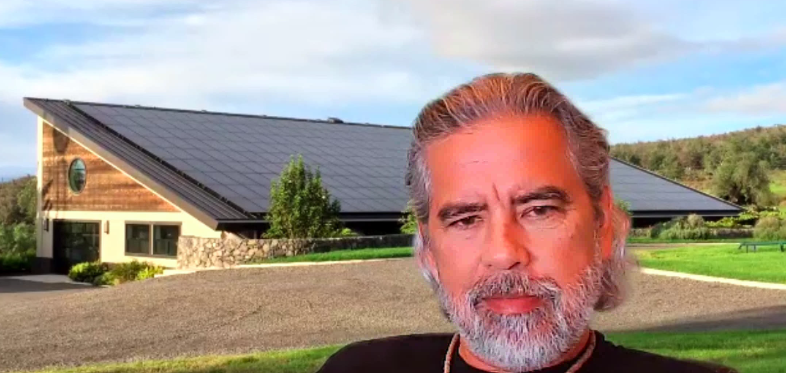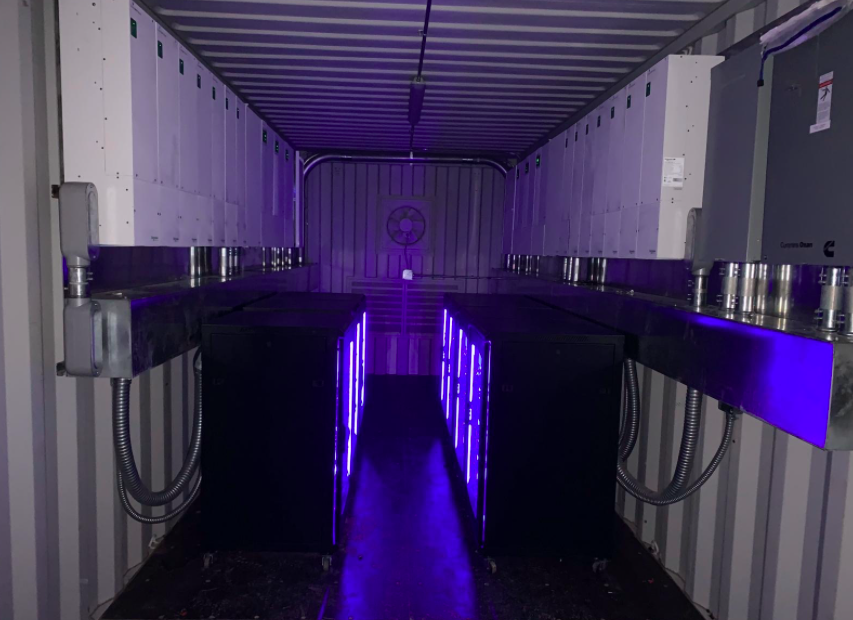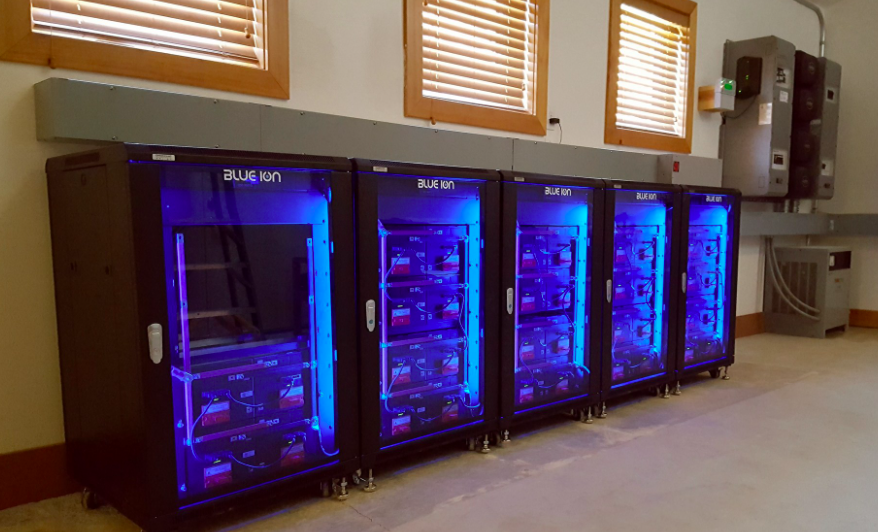Executive summary:
- Founder of Blue Planet Foundation, a nonprofit dedicated to helping the transition to a 100% clean energy future
- Founder of Blue Planet Energy
- Bought one of the original Tesla Roadsters (still has it)
- Has an energy laboratory at his ranch on the big island of Hawaii
Describe your journey to where you are today.
Our foundation, the Blue Planet Foundation, helped pass some legislation in Hawaii that helped the solar industry. Originally our projections were that we’d have 30 MW rooftop solar applications in a couple of years. We ended up with 300. The electric company said they couldn’t handle that amount on the grid, and in fact told me that I couldn’t have PV on my roof of my house in Honolulu.
We went through a year of vanadium flow batteries and we now have a bunch of chemicals that are hard to get rid of on our property. So I said the next set of batteries would come from a company that would be around 20 years from now. And the second part was that it should be benign chemistry that I won’t have to worry about being on our property in the future.
So we went with Sony. The first generation were batteries in server racks, more or less. The thing about these batteries is that they don’t get hot. So that changes the whole system. No need for cooling, easier to store, less challenges in planning. The originals we got have now been online for 7 years now. There’ve been all kinds of other problems – inverters and the like, but never a battery problem. We have visibility into each cell, including temperature and voltage. And nothing has ever gone wrong.
So we started selling and we’re at 2 gigawatts delivered energy storage.
Our high voltage product is called LX. It’s a high end option – and I told my team I wanted that Mercedes feel. We’re selling the longest lasting, most expensive battery in the business. We’re not a commodity. Now all the technology we had from the LX, we’re rolling out the next generation low-voltage product. It’s not just a server rack anymore.
Our biggest project to date was in Puerto Rico. We retrofitted 120 schools with batteries. It was a Red Cross project. They were supposed to be emergency shelters after Hurricane Maria, but the power was down. How does that serve as a shelter? Red Cross chose our product because they are non-toxic and not flammable. If the school ever caught fire, a toxic battery would be spewing out toxic chemicals. More on that here.
Inside our modules, there’s a Battery Management System (BMS), and at the system level, a Battery Management Unit (BMU). We control the different voltages across the modules to ensure the voltages work with each other. We co-developed the firmware with Murata (formerly Sony), to make sure our battery systems function at their best.
What do you think is the most important thing we can be doing in terms of clean tech solutions?
Going forward, everyone is going to want to have some sort of energy independence, especially as the price of batteries continues to come down. There are so many reasons – there are medicines that, if the power goes down for even a couple of hours, have to be discarded.
The world has come to the conclusion that LFP (Lithium Ferrous Phosphate) is the way to go. There’s places where lithium ion batteries are not allowed in buildings. LFP, on the other hand, is not flammable. The only thing that’s flammable in the LFP cell is the electrolyte liquid. Murata can get the inputs at parts per billion, rather than parts per million, and that’s how the 20 year life cycle comes about.
Our company goal for 2021 is to scale the LX. It’s an industrial solution, pairable to 2MW, which customers can keep inside the building, with no fire worries and no toxic worries. It seemed the Tesla PowerPack was the only one competing with the LX – but it has to be outside the building, which comes with a lot of challenges (trenching, etc). Here’s a case study of a building with this technology of ours in Santa Cruz, CA.
The market is so big, we are focused on increasing our production capability. We are working with SIDS (small island developing nations), and helping them shift to a 100% clean energy future…there’s a lot of opportunity there.
Who are the clean techies you follow and / or who you think are making real things happen, and why?
In a Huffington Post article, I said my hero was Elon – because he had planet-sized dreams and planet-sized balls to carry them out with.
Do you have a motto or personal quote you love? Something you feel is so powerful and yet simple you’d use it in your email signature?
Come to me with first production, not something right out of the lab. Prove it works on some scale.
What do you wish you could tell the younger you – what would’ve been incredibly helpful to you ten years ago?
If I’d have known that the role playing wasn’t going to sell at the beginning, I probably wouldn’t have launched. But I launched the first role playing game in Japan – even though there were none at the time – and it became a hit.
Recently I was at a talk with a University of Hawaii scientist, who said there was no way to do 100% clean energy in the islands by 2045. That mindset is not allowing for much use of imagination and innovation.
So…let’s just do it.


